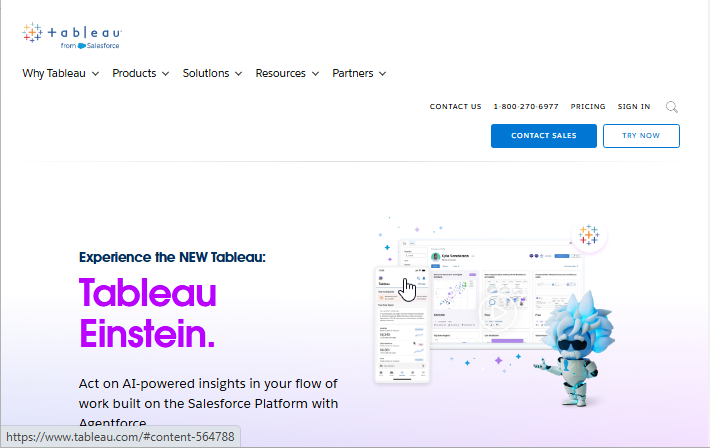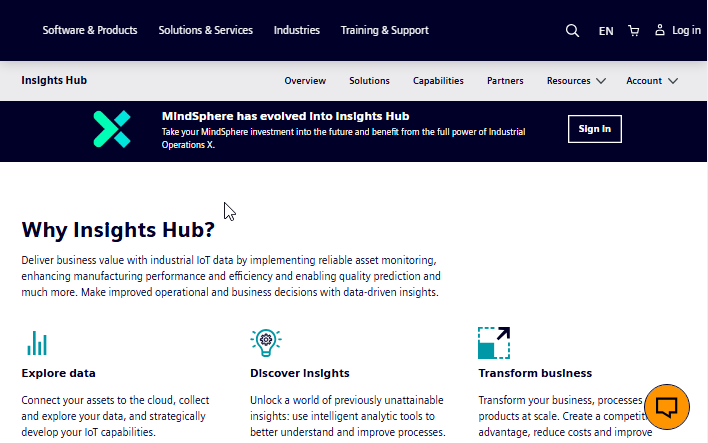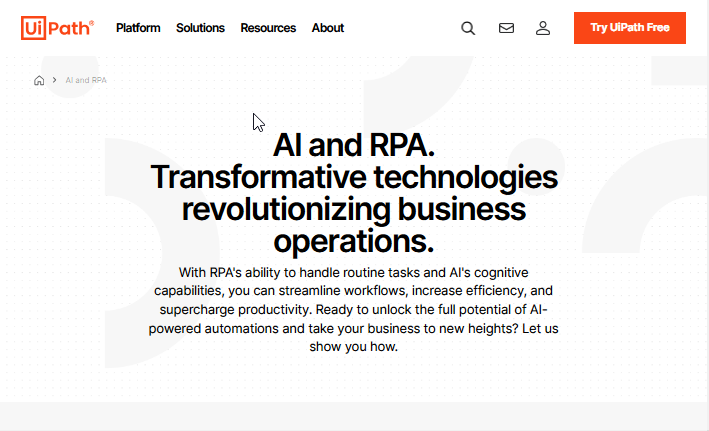
- Generative AI - Home
- Generative AI Basics
- Generative AI Basics
- Generative AI Evolution
- ML and Generative AI
- Generative AI Models
- Discriminative vs Generative Models
- Types of Gen AI Models
- Probability Distribution
- Probability Density Functions
- Maximum Likelihood Estimation
- Generative AI Networks
- How GANs Work?
- GAN - Architecture
- Conditional GANs
- StyleGAN and CycleGAN
- Training a GAN
- GAN Applications
- Generative AI Transformer
- Transformers in Gen AI
- Architecture of Transformers in Gen AI
- Input Embeddings in Transformers
- Multi-Head Attention
- Positional Encoding
- Feed Forward Neural Network
- Residual Connections in Transformers
- Generative AI Autoencoders
- Autoencoders in Gen AI
- Autoencoders Types and Applications
- Implement Autoencoders Using Python
- Variational Autoencoders
- Generative AI and ChatGPT
- A Generative AI Model
- Generative AI Miscellaneous
- Gen AI for Manufacturing
- Gen AI for Developers
- Gen AI for Cybersecurity
- Gen AI for Software Testing
- Gen AI for Marketing
- Gen AI for Educators
- Gen AI for Healthcare
- Gen AI for Students
- Gen AI for Industry
- Gen AI for Movies
- Gen AI for Music
- Gen AI for Cooking
- Gen AI for Media
- Gen AI for Communications
- Gen AI for Photography
Generative AI for Industry
Generative AI tools help professionals from different industries by providing them with powerful ways to create, analyze, and automate tasks. Whether you are in production supply chain, driving or any other field, these tools offer time-saving solutions for tasks like creating reports, data analysis, simulation, and process optimization.
In this chapter, we will highlight some of the most effective AI tools, applications, and use cases that are specific to industry professionals.
ChatGPT: AI for Documentation, Reporting and Strategy
ChatGPT, an AI language model, assists industry professionals in creating professional reports, generating strategic insights, and streamlining documentation. It proves particularly useful for those who need to generate content based on complex data, conduct research, or strategize.
Benefits
- Generates business reports and summaries quickly.
- Structures long-form documents like standard operating procedures (SOPs).
- Offers insights into strategic planning and risk assessment.
- Assists in writing and translating technical documentation.
Report Generation
Automatically generate reports based on operational data summaries or performance reviews.
Prompt − Create a monthly operations report summarizing production metrics, including productivity, machine efficiency, and downtime trends.
SOP Documentation
Draft SOPs for complex procedures to ensure standardization and compliance.
Prompt − Generate a step-by-step SOP for the calibration of manufacturing equipment to ensure accuracy in output.
Tableau + GPT-3: AI for Data Visualization and Insights
With GPT-3 integration, Tableau enables professionals to visualize complex datasets and automatically generate insights. This empowers industry professionals to understand production metrics, identify trends, and make data-driven decisions.
Benefits
- The tool simplifies data visualization for complex datasets.
- It enhances decision-making by providing real-time insights.
- Users can perform text-based querying for quick data summaries.
- Visualizations help track performance and analyze trends.

Real-Time KPI Tracking
Use AI-powered queries to obtain real-time updates on key performance indicators (KPIs).
Prompt − Show a dashboard of daily production volume, downtime hours, and yield rate over the past month.
Trend Analysis and Forecasting
Visualize historical data to predict future outcomes or identify trends.
Prompt − Analyze trends in production efficiency over the last year to forecast next quarters output.
IBM Watson Assistant: AI for Maintenance and Support
IBM Watson Assistant provides industry-specific AI solutions, such as predictive equipment maintenance, and uses machine learning to predict when automated customer support systems require maintenance. This approach helps prevent expensive downtime and enhances the customer experience.
Benefits
- Predictive maintenance alerts reduce downtime.
- Automated responses improve customer service efficiency.
- Existing systems integrate for seamless operation.
- The solution customizes to meet industry-specific needs.

Predictive Maintenance Alerts
Receive alerts based on real-time data to prevent equipment failure.
Prompt − Notify me when vibration or temperature readings for Machine X exceed safe operating thresholds.
Customer Support Automation
Answer frequent customer inquiries automatically to streamline support.
Prompt − Create a chatbot script that assists customers with common inquiries about product specifications and warranty policies.
DALL-E: AI for Visual Prototyping and Design Ideas
DALL-E, an AI image generator, creates concept images based on text descriptions. Industry professionals can use this tool to generate visual prototypes for machinery, product designs, or layouts for physical spaces like warehouses.
Benefits
- The tool quickly generates visual concepts from text prompts.
- It enables rapid prototyping of new ideas.
- It aids in visualizing layouts and design variations.
- It offers inspiration for product or facility designs.
Product Concept Visualization
Create images of product designs or prototypes for internal evaluation.
Prompt − Generate a visual concept for an industrial-grade cleaning robot designed for warehouse environments.
Factory Floor Layouts
Visualize different layouts for optimized workflow and space utilization.
Prompt − Create a top-to-bottom factory floor plan with assembly lines. Storage space and quality control station.
AI-Driven Digital Twin: Simulation and Optimization
Digital Twin platforms, such as Siemens Mindsphere, use AI to create digital replicas of physical assets or processes. These simulations allow industry professionals to test scenarios, analyze performance, and optimize workflows without interrupting live production.
Benefits
- Provides real-time insights into physical processes.
- Enables predictive modeling for future scenarios.
- Assists in optimizing workflows and equipment.
- Reduces costs associated with trial-and-error in live environments.

Simulating Workflow Changes
Test new workflows virtually before implementing them on the factory floor.
Prompt − Simulate the impact of rearranging assembly line stations to reduce bottlenecks.
Predictive Modeling for Capacity Planning
Model production capacity under different demand scenarios.
Prompt − Model the production output if the demand increases by 20%, considering labor and material constraints.
UiPath: AI-Powered RPA for Workflow Automation
UiPath is a Robotic Process Automation (RPA) platform that leverages artificial intelligence to streamline repetitive tasks like data entry, invoice processing, and inventory management. By automating these routine functions, UiPath enables professionals to concentrate on more significant projects, thereby increasing overall productivity.
Benefits
- Automates repetitive and time-consuming tasks
- Reduces human error in data handling
- Increases efficiency and productivity
- Frees up employees to tackle more complex tasks

Invoice Processing Automation
Automate the process of reading, categorizing, and entering invoices into the system.
Prompt − Establish an automated process that retrieves data from supplier invoices and transfers it into the ERP system.
Inventory Tracking
Monitor inventory levels in real time and trigger alerts for reordering.
Prompt − Use automatic inventory tracking of all components and materials to create automatic alerts when stock levels are low.
Conclusion
From operational automation and workflow optimization to real-time insights into customer communications, generative AI tools are transforming the work of industry professionals. Tools like ChatGPT, Tableau with GPT-3, IBM Watson, DALL-E, Digital Twin platforms, UiPath, and Jasper AI provide various applications that improve efficiency. Industry professionals can use these tools to reduce costs and increase productivity to help them stay competitive in their industry by improving the operations efficiency and product quality.